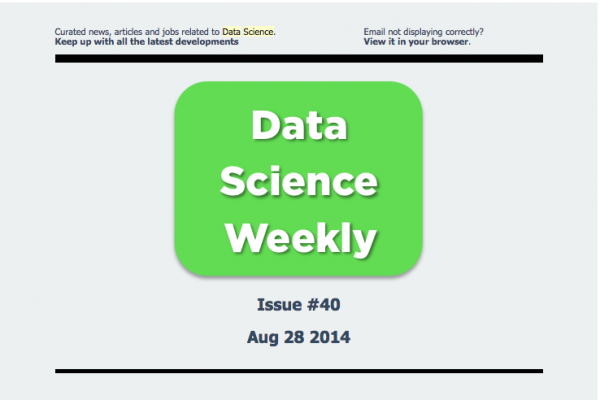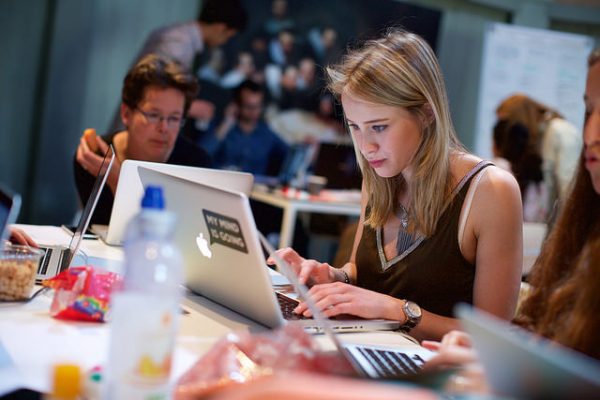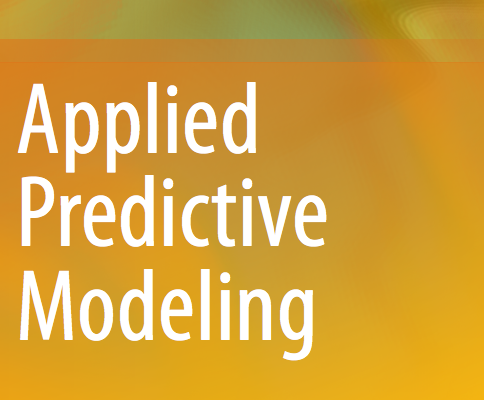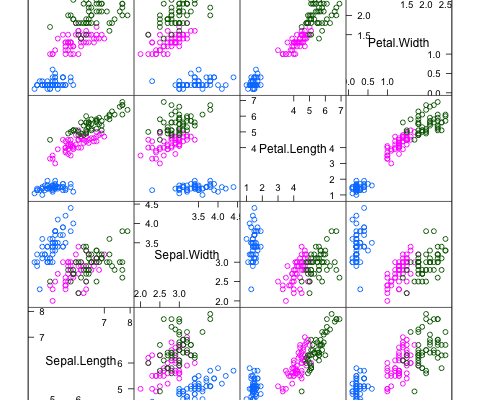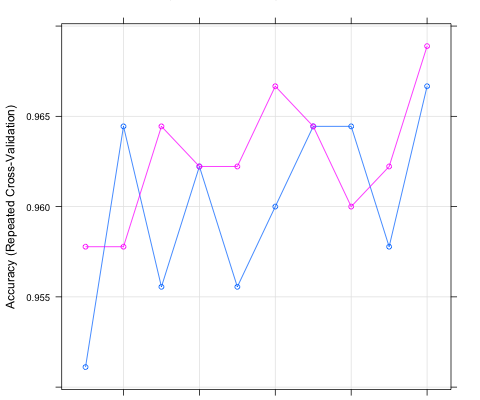Machine Learning Newsletters
Last Updated on June 7, 2016 There are a lot of blogs and videos on machine learning and more being created every day, week and month. If you are working or at school, it can feel overwhelming to keep up with some much material. Worse, you feel like you will be at some great disadvantage if you do miss something. In this post you will learn how subscribing to machine learning and data science newsletters can save you time and […]
Read more